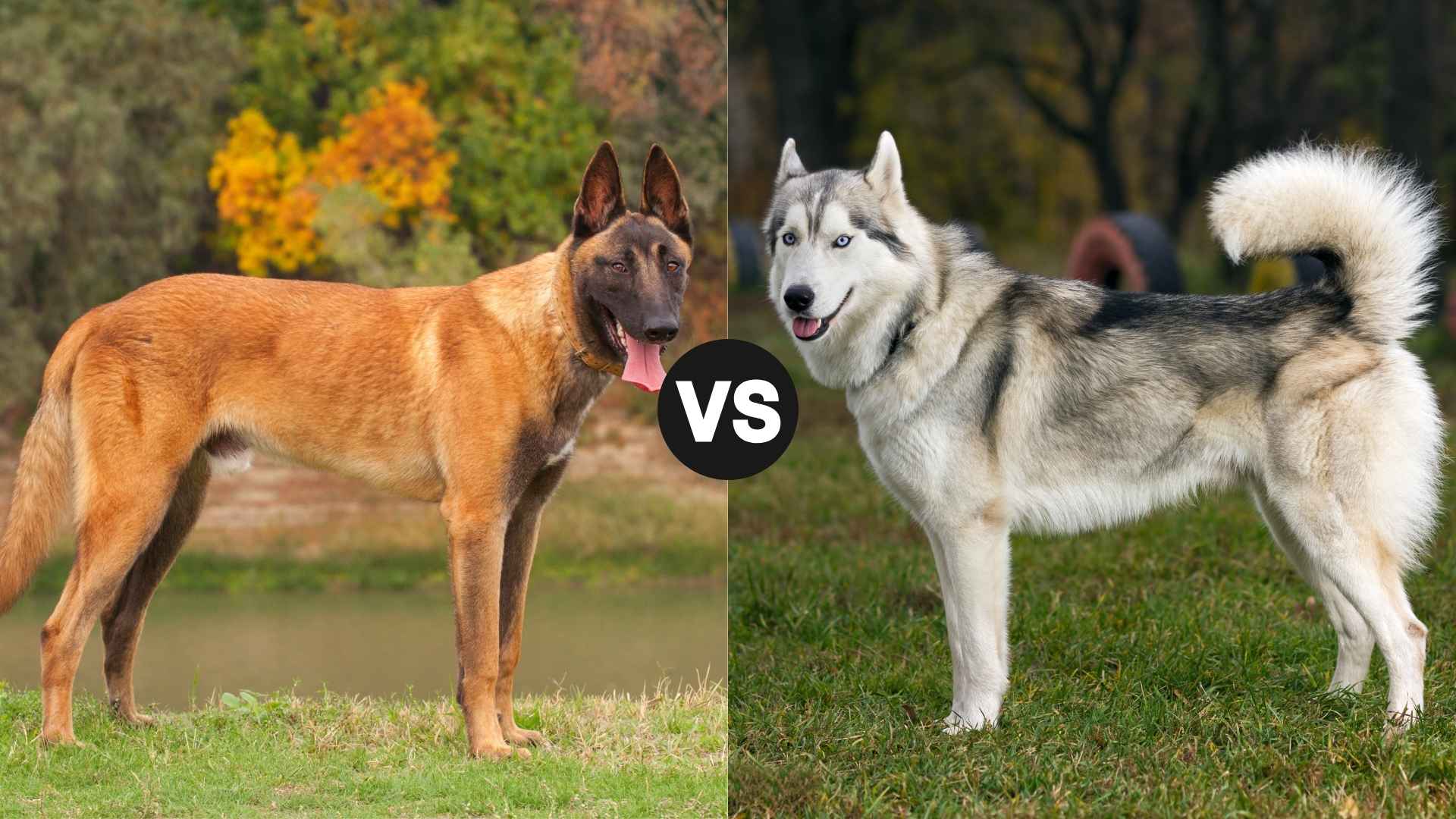Both the Belgian Malinois and the Siberian Husky bring incredible personality to any home. According to the American Kennel Club, Belgian Malinois are true “perpetual motion machines,” known for astonishing energy levels that remain vibrant well into their senior years.
That same source notes they’re often surrendered, with ABMR alone reporting over 200 surrendered Malinois annually, mostly due to their overwhelming drive. On the flip side, Siberian Huskies once saved lives during the 1925 Nome diphtheria epidemic.
Choosing between these high‑intensity dog breeds means more than picking a pet—it’s deciding on a lifestyle. Malinois may be the perfect fit for tactical work or advanced training, while Huskies offer boundless companionship and a healthy dose of mischief.
Picture daily runs, canine sports, or simply a stroll—these breeds don’t just demand care; they shape routines and fill lives with energy, play, and purpose.
Belgian Malinois vs. Siberian Husky
In the following guide, we’ll dive deeper into their temperament, exercise needs, intelligence, family compatibility, and more, helping you determine which of these remarkable breeds aligns with your kind of perfect.
Size and Weight Difference
When sizing up the Belgian Malinois vs the Siberian Husky, their physical builds reveal much about their intended purpose and personality. The Belgian Malinois, standing between 22 to 26 inches (with males even reaching 28 inches), carries a commanding presence.
Weighing in at 55 to 75 pounds, this breed is lean, muscular, and built for speed, agility, and precision—traits that make them favorites in tactical services and high-energy dog competitions.
On the other side, the Siberian Husky is slightly more compact, ranging between 20 to 23 inches in height and 35 to 60 pounds in weight. Huskies are bred for relentless endurance across snowy landscapes. They may not match the Malinois in sheer size or strength, but their energy output is just as impressive.
Comparing Trainability and Intelligence
When it comes to intelligence and trainability, the Belgian Malinois vs Siberian Husky comparison reveals two very different learning styles:
Belgian Malinois: The Quick Learner
Often ranked as “very smart” among dog breeds, Malinois are renowned for their work ethic, sharp problem-solving, and strong focus
They are easy to train, excelling in demanding tasks such as protection services, scent detection, and advanced commands.
With high drive, Malinois thrive when given clear structure, consistent training methods, and ample mental stimulation.
Siberian Husky: Strong-Willed and Independent
Huskies are considered average in intelligence in breed comparisons, often requiring extra patience and repetitive training.
Their natural independence and playful stubborn streak make them harder to train, especially for obedience-focused owners.
Personality Traits and Temperament
Belgian Malinois:
The Belgian Malinois is a smart, focused worker—think of them as the overachiever in every training class. This breed bonds deeply with its owner, craving direction, routine, and meaningful work. Whether it’s obedience drills or advanced scent tracking, the Malinois is always ready to engage.
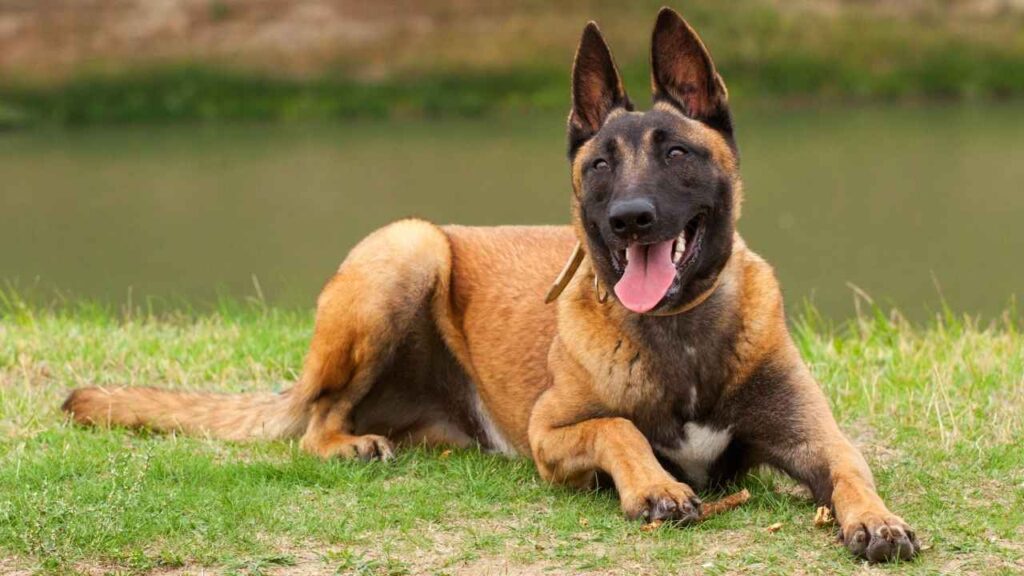
They’re intensely loyal and naturally protective, making them ideal for watch and guard roles, though they may be aloof with strangers or unpredictable around cats and smaller pets without proper training. Their temperament leans serious, and they tend to chase anything that moves.
Siberian Husky:
In contrast, the Siberian Husky is your neighborhood fun-lover—friendly, outgoing, and a little bit wild. Bred to run for miles across Arctic landscapes, Huskies are fiercely independent and don’t always see the point of listening to commands.
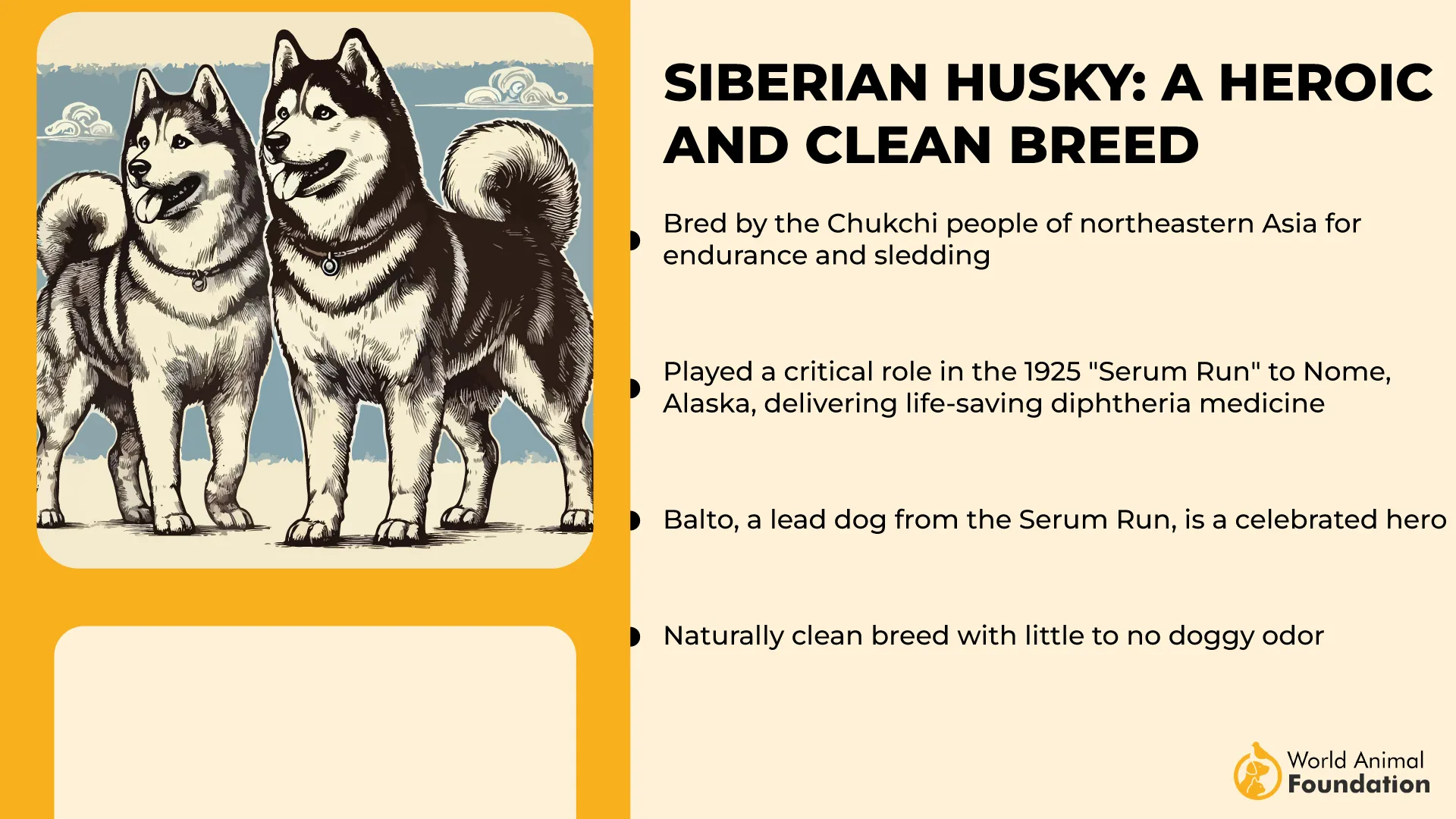
While they’re affectionate with people and often gentle around puppies and children, they do have a mischievous streak. Think open gates, stolen cookies, or counters cleared for fun.
Despite their stubbornness, Huskies are rarely aggressive. They love walks, toys, and interactive play. They may not be ideal for first-time dog owners looking for absolute obedience, but they’re a joy for those who enjoy a more adventurous lifestyle.
Adaptability and Independence Assessment
Belgian Malinois: Structured and Sensitive
While the Malinois is more obedient and responsive to training, they’re less adaptable to casual or chaotic environments. They bond tightly with one owner or family and may experience anxiety if left alone for long periods.
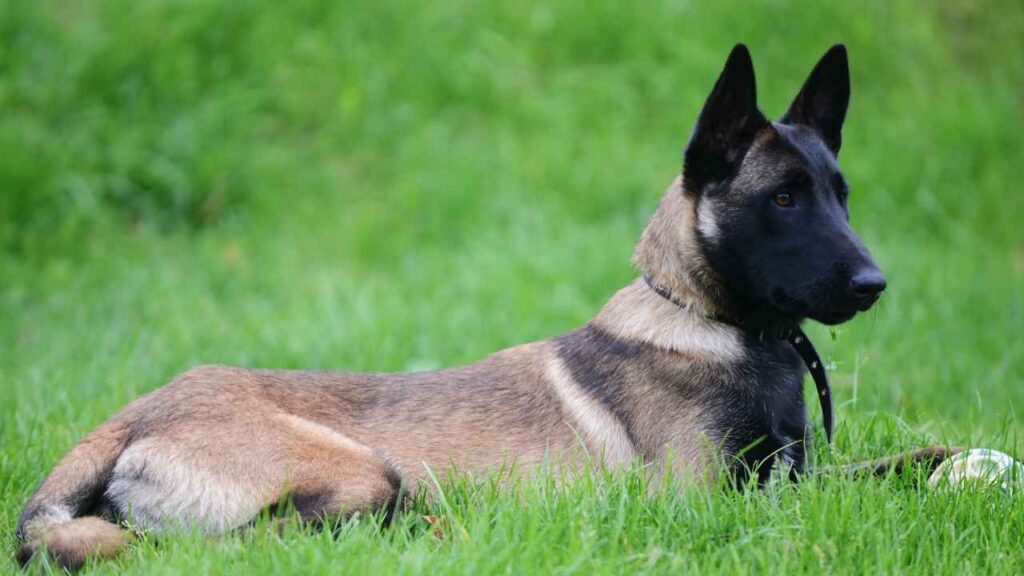
A Malinois thrives on routine, purpose, and direction, making them best suited to households with consistent schedules or even working roles.
Siberian Husky: Master of Self-Reliance
The Siberian Husky thrives on freedom. Originally bred to haul sleds across harsh Arctic terrain, they’ve developed a reputation for being independent and self-sufficient.
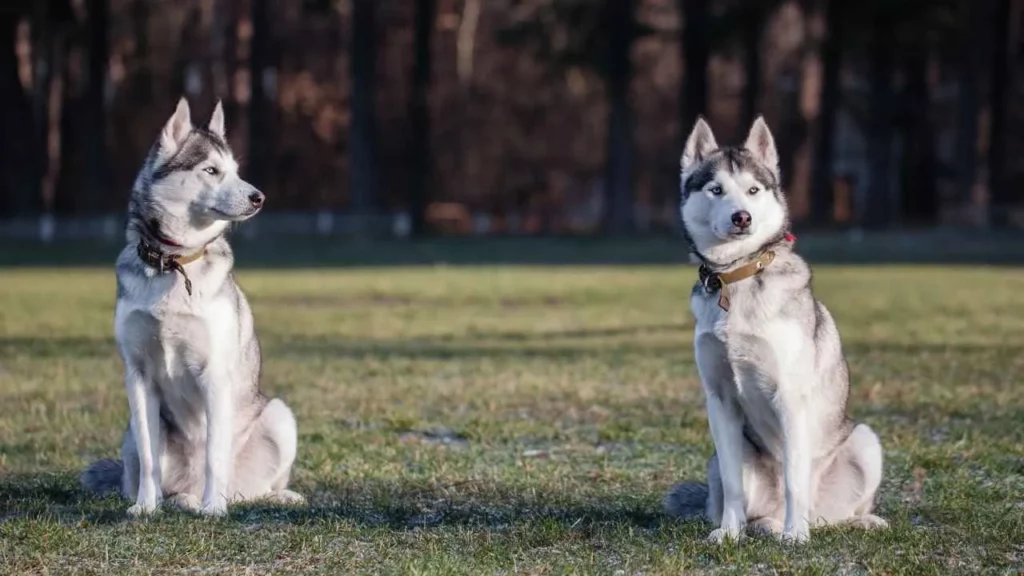
Huskies are often described as “cat-like” in their aloof nature. They’re adaptable to various living conditions, including apartments, but only if their high energy needs are met.
Bite Force and Characteristics
Belgian Malinois:
The Malinois is known for its strong, calculated bite, estimated at around 195 to 250 PSI (pounds per square inch). This strength is not just physical; it’s tied to their intelligent training background. Frequently used in military and police services, they’re taught to control their biting behavior for apprehension and protection, not aggression.
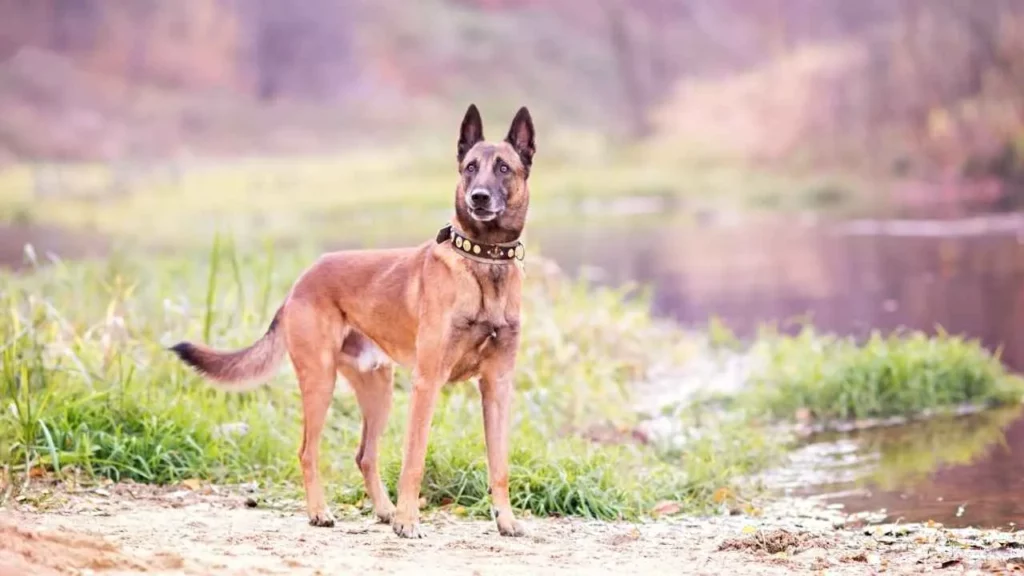
Siberian Husky:
The Husky has a lower bite force—roughly 150 to 200 PSI—but they’re more likely to use their mouths in play or during energetic misbehavior. Known for “mouthing” or light nibbling, especially as puppies, Huskies may bite out of boredom or excitement, not aggression.
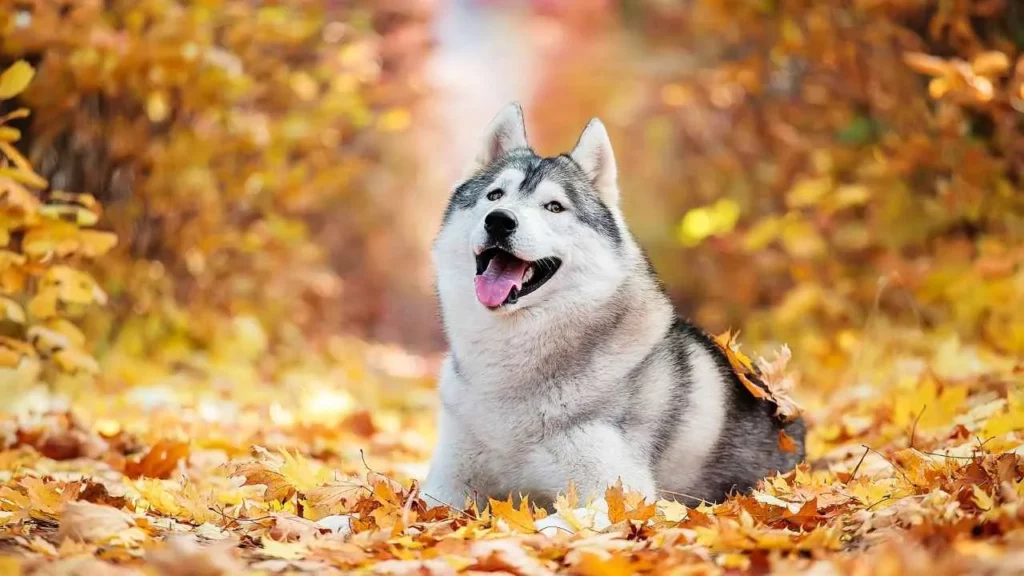
Health Issues and Expected Lifespan Comparison
Belgian Malinois:
The Malinois, with a lifespan of around 12 to 14 years, is a high-energy dog that benefits from excellent genetics, especially when responsibly bred.
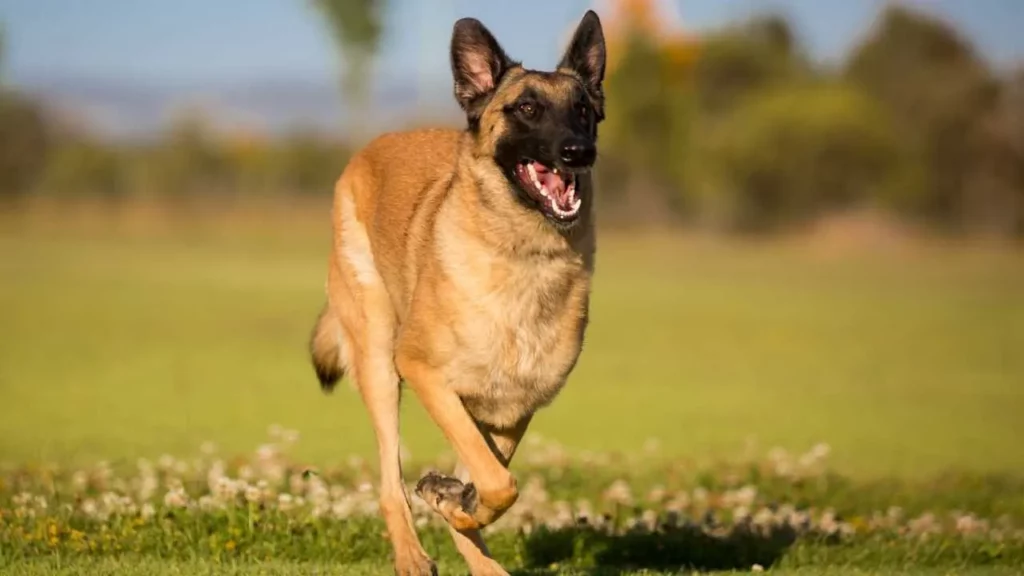
However, due to their constant movement and physical demands, they are more prone to hip and elbow dysplasia, progressive retinal atrophy, and arthritis in later years. Active owners should be vigilant about joint supplements, weight management, and vet checkups to prolong vitality.
Siberian Husky:
Siberian Huskies often live 12 to 15 years and are surprisingly hardy for their size. Bred for extreme conditions, they rarely suffer from serious health problems.
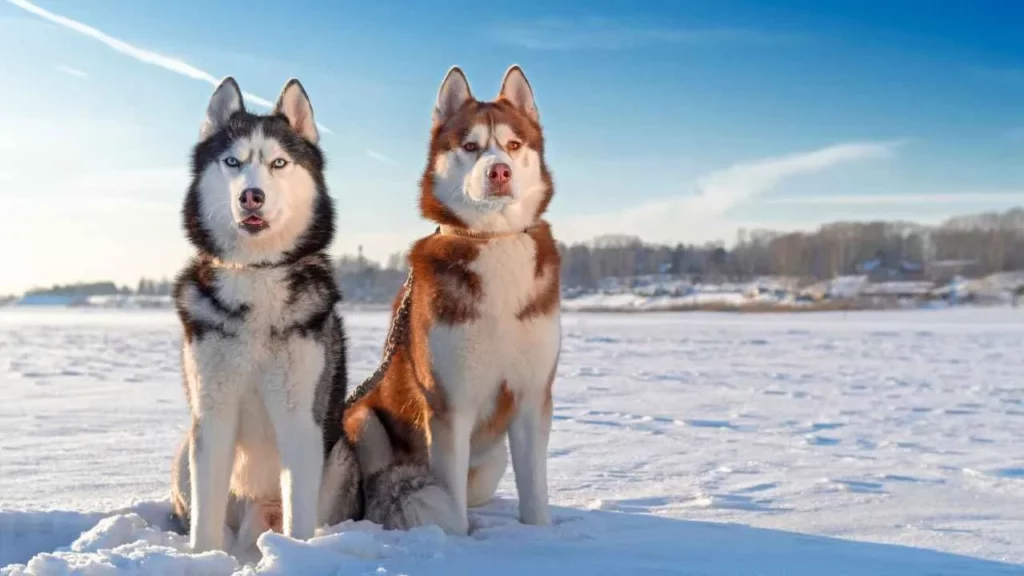
However, they are genetically predisposed to eye conditions like cataracts and corneal dystrophy, as well as autoimmune skin disorders. Regular eye exams, a balanced diet, and physical exercise help extend their overall health span.
Nutritional Needs and Weight Management for Belgian Malinois vs. Siberian Husky
Belgian Malinois:
Malinois require a protein-rich, performance-based diet tailored to their lean muscle mass and active lifestyle. These dogs burn calories fast and need measured, high-quality food to sustain their workload, especially when engaged in training, working roles, or intense physical routines.
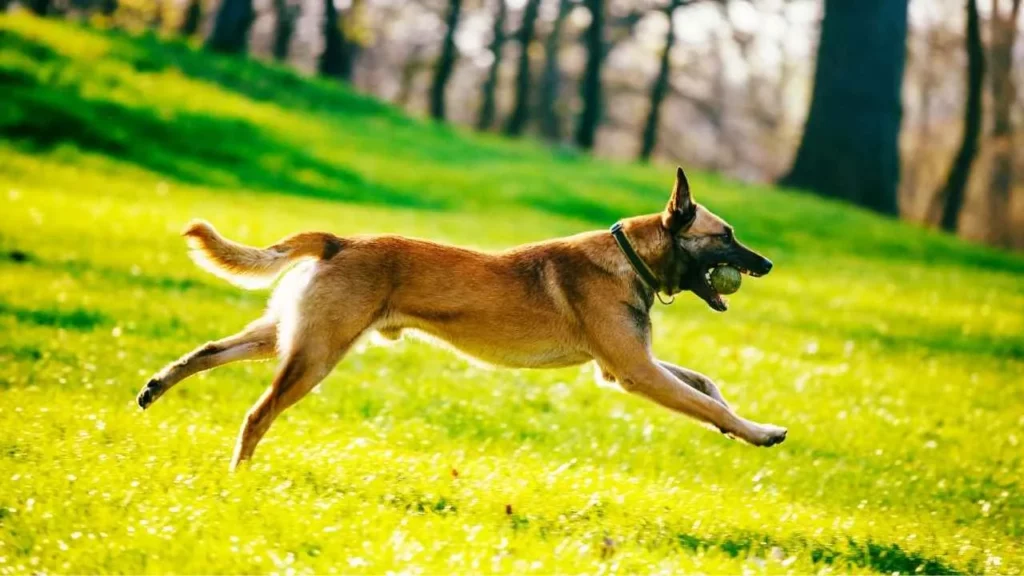
Fats and glucosamine should also be included to support joint health and stamina. Portion control is essential to avoid overfeeding, as Malinois are often too focused on activity to regulate hunger naturally.
Siberian husky:
In contrast, Huskies are surprisingly efficient eaters. Despite being active, they evolved to consume fewer calories while still pulling sleds over long distances. They do best with a balanced diet rich in omega fatty acids, moderate protein, and slow-release carbohydrates.
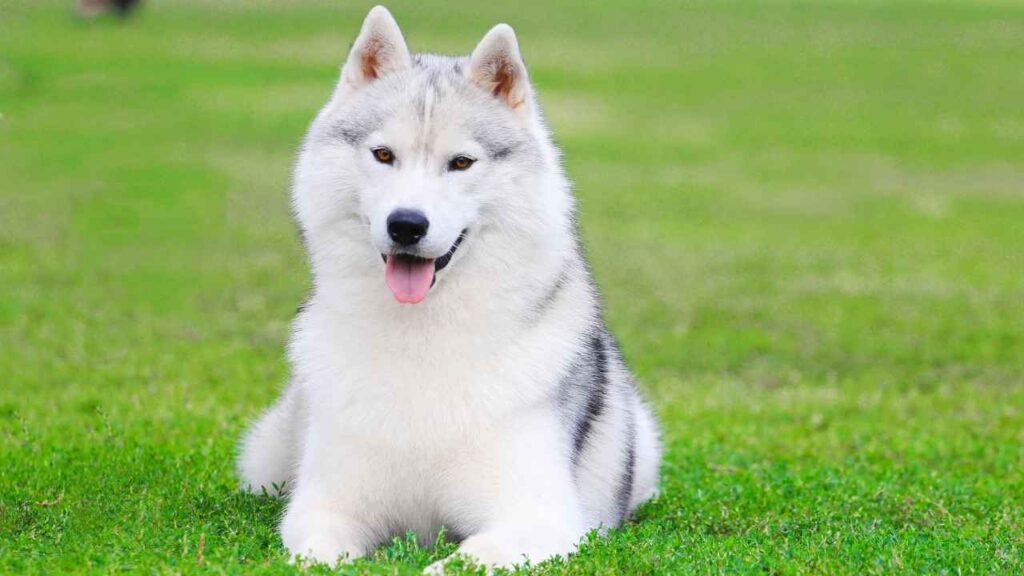
Overfeeding a Husky—especially one not regularly exercised—can quickly lead to weight gain and lethargy. Because they’re prone to food sensitivities, gradual transitions and clean ingredient profiles are key.
Grooming Requirements and Allergy Considerations
Belgian Malinois: Low Maintenance, Regular Shedding
The Malinois has a short, dense coat that requires weekly brushing to manage loose hair and debris. Although relatively low-maintenance, they shed year-round, especially during seasonal changes.
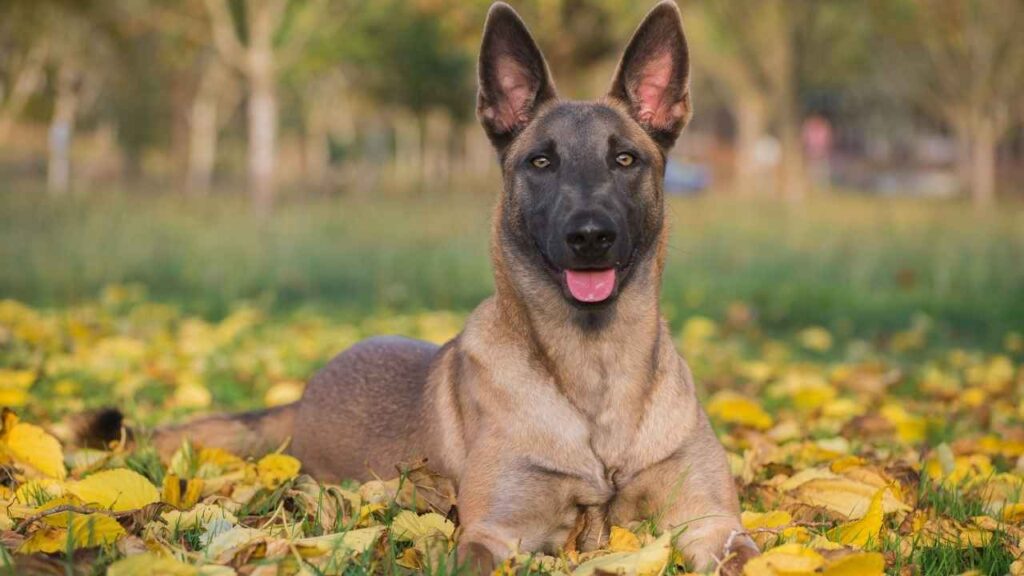
While not hypoallergenic, their grooming needs are practical, perfect for owners who want a cleaner routine without constant coat upkeep. Regular grooming also helps minimize dander, a common irritant for allergy sufferers.
Siberian Husky: Heavy Shedding, High Commitment
The Husky, however, sports a thick double coat designed for subzero survival, meaning major blowouts twice a year. During those times, daily brushing is almost mandatory.
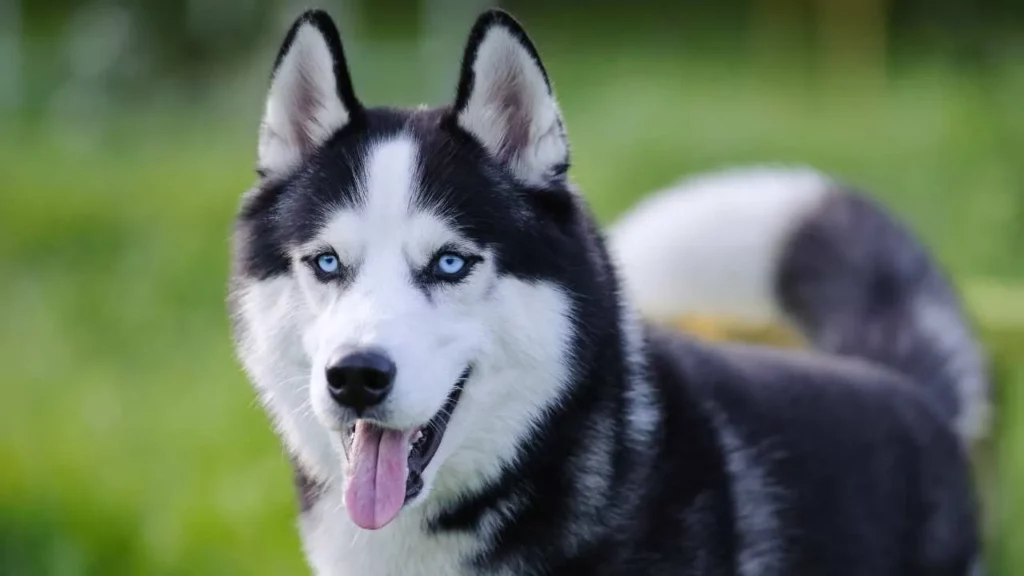
Huskies are not hypoallergenic and tend to produce more dander and loose fur, making them less suitable for allergy-prone households. Bathing should be occasional to avoid stripping natural oils, but deshedding tools are a must.
Conclusion
The Malinois is ideal for those who want an extremely active, smart, and loyal companion that thrives on structure, work, and mental stimulation. In contrast, the Husky suits a more laid-back, independent household that enjoys a bit of quirky personality and a touch of the wild.
Both breeds offer a lot of love, fun, and challenge. Whether you’re after a watch companion, a hiking buddy, or a dog who simply adds energy and joy to your home, take time to determine what truly fits your situation.


